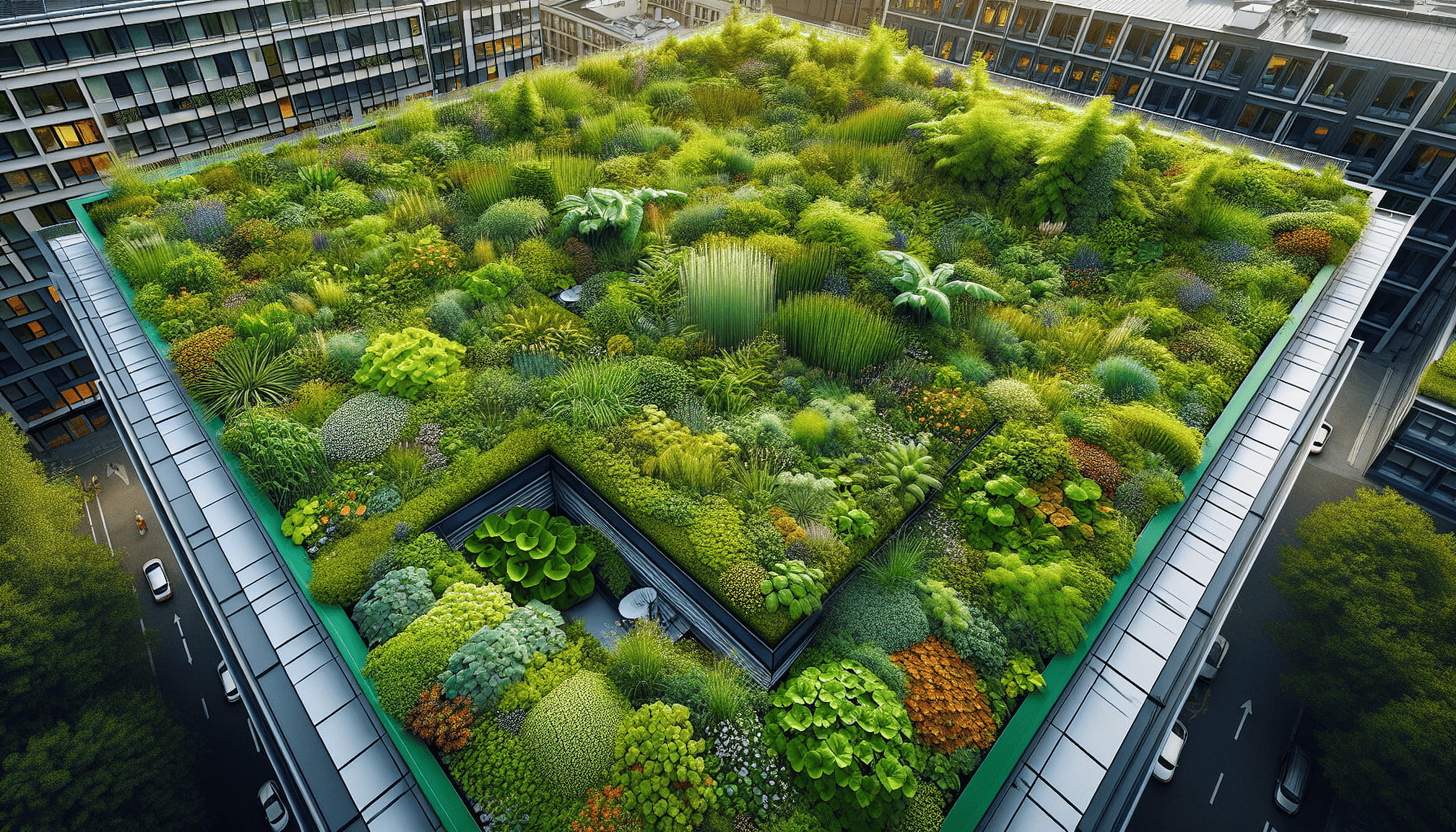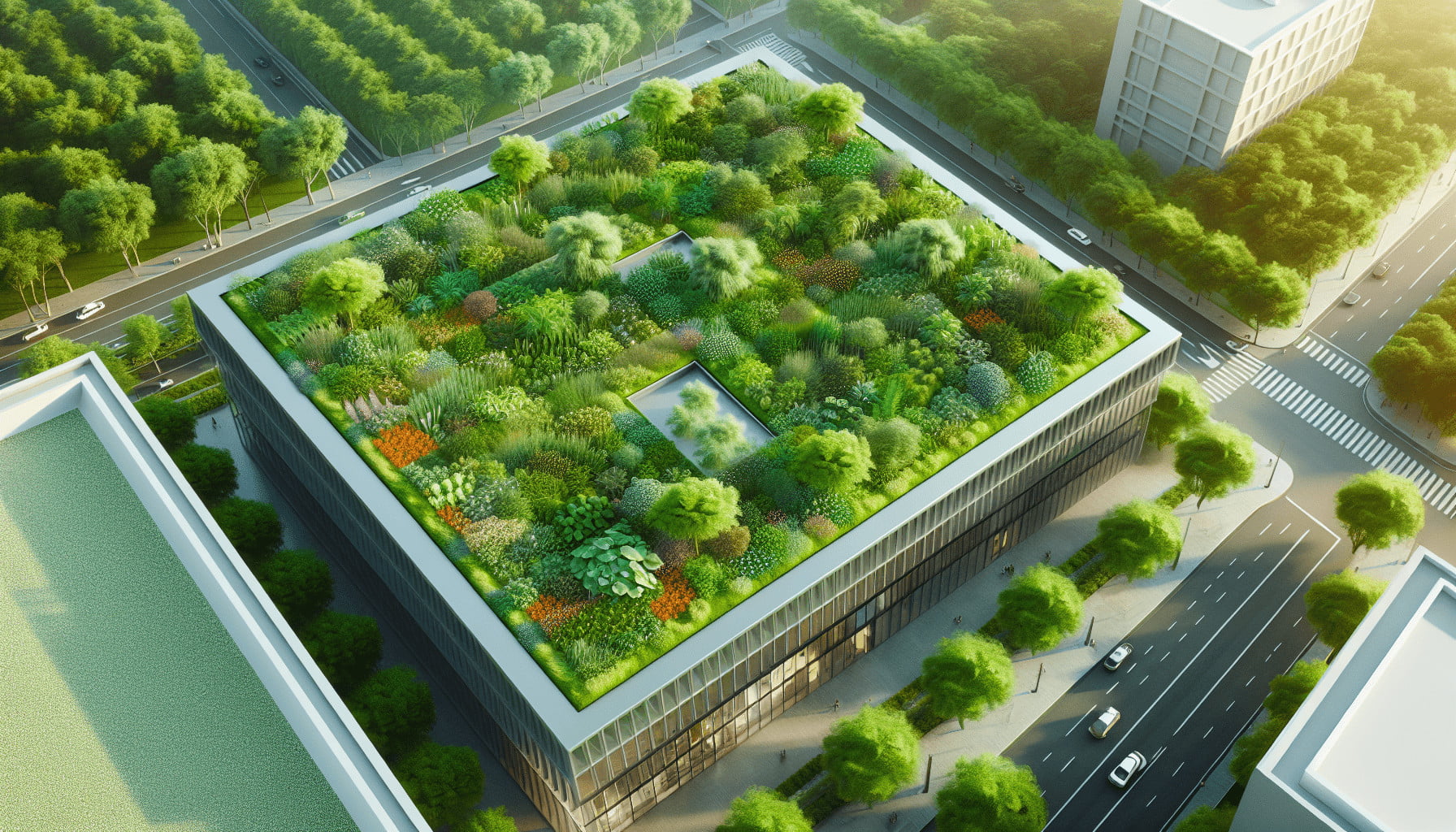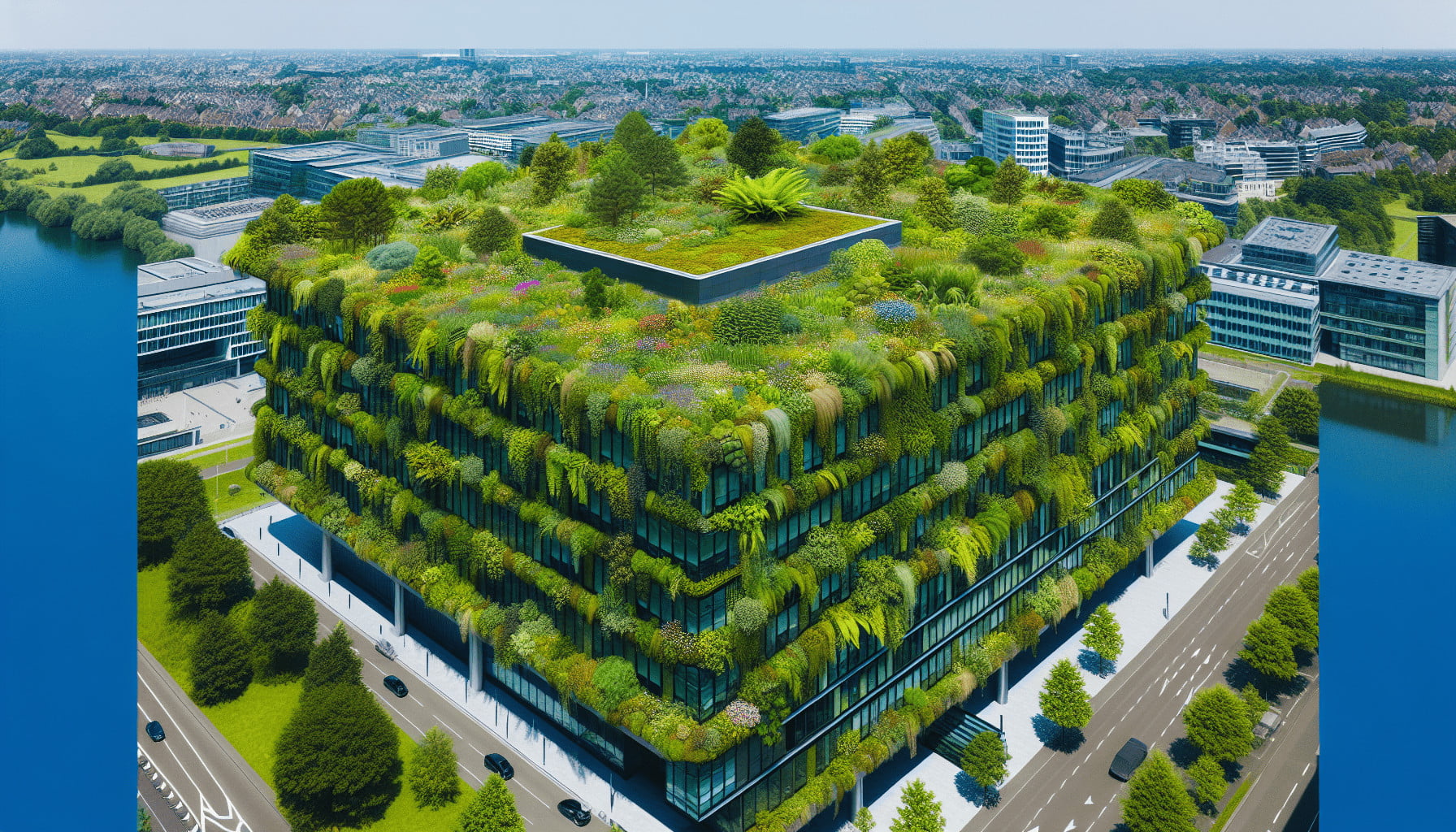Welcome to the exciting world of green roofs! In this article, you will learn about the 7 essential steps to planning and designing a successful green roof system. From selecting the right location to choosing the perfect plants, each step plays a crucial role in creating a sustainable and beautiful rooftop oasis. Follow these steps and transform your roof into a thriving and eco-friendly space that will benefit both you and the environment. Get ready to take your green roof project to new heights!
Have you ever wondered how to plan and design a successful green roof system for your building?
When it comes to creating a green roof system for your building, there are several key steps to consider. From planning to installation, each step plays a crucial role in the success of your green roof. By following these 7 steps, you can ensure that your green roof system is not only environmentally friendly but also functional and visually appealing.

Step 1: Conduct a Site Analysis
Before diving into the planning and design process of your green roof system, it’s essential to conduct a thorough site analysis of your building. Factors such as the building’s location, climate, sunlight exposure, and roof structure all play a significant role in the success of your green roof.
Assessing the Building’s Location
When analyzing the site for your green roof, consider the building’s location in terms of urban or rural setting, proximity to other buildings, and access to sunlight and natural elements. This information will help determine the overall design and layout of your green roof system.
Understanding the Climate
The climate of your building’s location will also impact the types of plants and materials used in your green roof system. Consider factors such as temperature fluctuations, rainfall patterns, and wind exposure when planning your green roof design.
Step 2: Set Goals and Objectives
Once you have a thorough understanding of your building’s site and climate conditions, it’s time to set clear goals and objectives for your green roof system. Whether your main focus is on energy efficiency, stormwater management, biodiversity, or aesthetics, defining your goals will help guide the design process.
Establishing Goals for Energy Efficiency
If your primary goal is to improve the energy efficiency of your building, consider incorporating insulation and reflective materials into your green roof system. These features can help reduce heating and cooling costs while creating a more comfortable indoor environment.
Prioritizing Stormwater Management
For buildings located in areas with heavy rainfall or poor drainage, stormwater management should be a top priority. Green roofs are an excellent way to absorb and filter rainwater, reducing runoff and alleviating pressure on municipal sewer systems.
Step 3: Choose the Right Type of Green Roof
There are several different types of green roofs to choose from, each with its unique benefits and considerations. From extensive to intensive green roofs, selecting the right type for your building will depend on your goals, budget, and maintenance capabilities.
Extensive Green Roofs
Extensive green roofs are lightweight and low-maintenance, making them an ideal choice for buildings with limited access or budget constraints. These roofs typically feature drought-tolerant plants and require minimal upkeep but provide fewer opportunities for landscaping or recreational use.
Intensive Green Roofs
In contrast, intensive green roofs are more elaborate and versatile, often featuring a wide variety of plant species, walkways, and recreational spaces. While intensive green roofs require more maintenance and structural support, they offer greater opportunities for creativity and customization.
Step 4: Develop a Comprehensive Design Plan
With the site analysis complete and goals established, it’s time to develop a detailed design plan for your green roof system. Consider factors such as plant selection, irrigation systems, drainage solutions, and structural requirements when creating your design.
Selecting Suitable Plants
The selection of plants for your green roof should align with your climate, maintenance capabilities, and aesthetic preferences. Drought-resistant succulents, native grasses, and flowering perennials are popular choices for green roofs due to their adaptability and visual appeal.
Implementing Irrigation and Drainage Systems
To ensure the long-term health and functionality of your green roof system, it’s essential to incorporate efficient irrigation and drainage systems into your design. Consider using drip irrigation, rainwater harvesting, and permeable pavers to minimize water waste and manage runoff effectively.

Step 5: Consider Structural and Load-Bearing Requirements
Before installing a green roof system on your building, it’s crucial to assess the structural integrity and load-bearing capacity of the roof. Consult with a structural engineer to determine if any reinforcements or modifications are necessary to support the weight of the green roof.
Evaluating Structural Integrity
A thorough evaluation of the roof’s structure will help identify any weaknesses or vulnerabilities that may impact the installation of a green roof system. Factors such as roof slope, materials, and support beams should all be taken into consideration during this phase.
Calculating Load-Bearing Capacity
Determining the load-bearing capacity of your roof is essential for ensuring the safety and stability of your green roof system. Consider factors such as plant weight, soil depth, and potential snow or water accumulation when calculating the total load on your roof.
Step 6: Work with Experienced Professionals
To ensure the successful planning and design of your green roof system, it’s essential to work with experienced professionals who specialize in green roof installation. From architects and landscape designers to roofing contractors and irrigation specialists, assembling the right team will streamline the process and minimize potential issues.
Hiring a Green Roof Consultant
A green roof consultant can provide valuable expertise and guidance throughout the planning and design stages of your green roof project. They can help you navigate complex regulations, select suitable materials, and oversee the construction process to ensure your green roof meets your goals and expectations.
Collaborating with Roofing Contractors
Roofing contractors with experience in green roof installation are invaluable partners in the design and implementation of your green roof system. They can assess the condition of your existing roof, recommend suitable waterproofing solutions, and execute the installation with precision and care.

Step 7: Implement a Maintenance Plan
Once your green roof system is installed and thriving, it’s essential to implement a comprehensive maintenance plan to ensure its long-term success. Regular inspections, irrigation, weeding, and soil replenishment are necessary to keep your green roof healthy and vibrant.
Conducting Regular Inspections
Regular inspections of your green roof will help identify any issues or maintenance needs before they escalate. Look for signs of plant stress, water pooling, or drainage problems and address them promptly to prevent damage to your roof and building.
Implementing Routine Maintenance Tasks
In addition to inspections, routine maintenance tasks such as weeding, pruning, and soil testing will help sustain the health and appearance of your green roof system. Establishing a maintenance schedule and budget will ensure that your green roof remains an asset to your building for years to come.
By following these 7 steps to planning and designing a successful green roof system, you can create a sustainable, functional, and visually appealing addition to your building. Whether you’re looking to improve energy efficiency, manage stormwater, or enhance biodiversity, a green roof system offers a multitude of benefits for your property and the environment. Start planning your green roof today and reap the rewards of a greener, healthier future.

